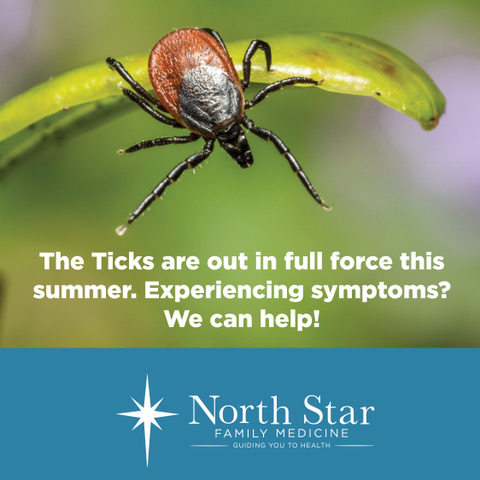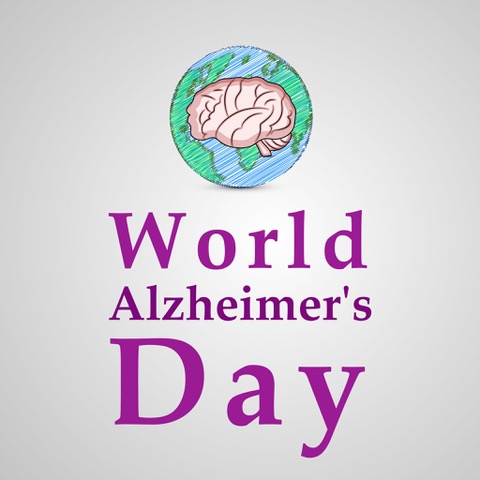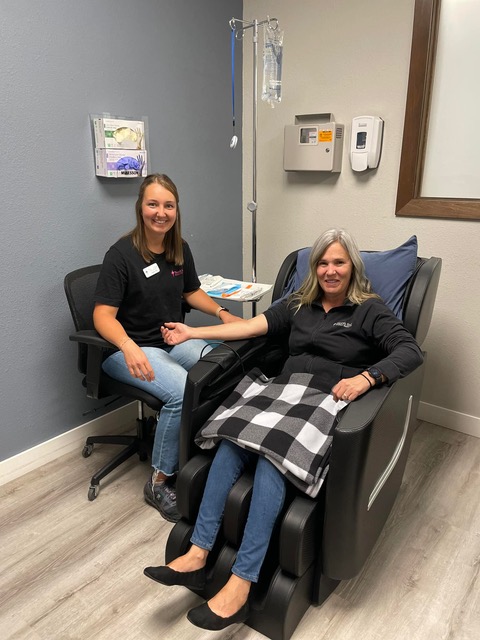Spring is official here! That means so are the ticks.
 While ticks can be removed, the illnesses they often leave behind can be serious if they are left untreated. While Lyme disease is what initially may come to mind for you, one tick can carry multiple diseases.
While ticks can be removed, the illnesses they often leave behind can be serious if they are left untreated. While Lyme disease is what initially may come to mind for you, one tick can carry multiple diseases.
Common types of tick-borne diseases:
- Lyme disease: the most familiar. Blacklegged ticks (deer ticks) can transmit this.
- Ehrlichiosis/anaplasmosis: spread by the lone star, American dog, and deer ticks.
- Rickettsia infections: includes Rocky Mountain spotted fever, which can be fatal if not treated quickly (not common in this area)
- Babesiosis: the severity of infection depends on the Babesia species and the immune status of the host.
Possible signs you have a tick-related illness:
Symptoms include fatigue, fever, headache, confusion, muscle pain, nausea, joint swelling, memory issues, and rashes.
Lyme disease can include symptoms above as well as a bull’s eye rash, temporary paralysis of facial muscles, heart problems, arthritis, skin irritation, and cognitive issues.
What to do if you find a tick
Use tweezers to grasp the tick by the head and pull straight up. Don’t crush or squeeze the tick. If you don’t think you can remove the tick safely at home, book an appointment with North Star Family Medicine and we can remove it for you.
Seeing and removing a tick early reduces the risk for disease transmission. If you remove a tick before it becomes engorged, medical care MIGHT not be necessary unless symptoms arise.
See an engorged tick? It’s likely been on you for 36-plus hours. Remove it and follow up with us at North Star Family Medicine within 72 hours of removal to discuss a one-time prophylactic dose of antibiotics to prevent tick borne illnesses.
Don’t worry, you don’t need to bring the tick with you to your appointment.





